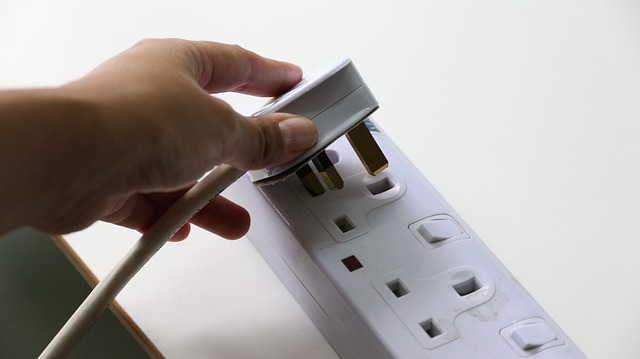
Lawns, gardens, flowers, shrubs and trees all need a certain amount of water to thrive. Everyone wants beautiful surroundings but few think about how not planning the landscaping and the watering can contribute to a number of problems leading to water damage. These following conditions can lead to expensive water damage:
- Water collecting around the foundation and seeping under the building and into the walls
- Water sprinklers that spray water too close to the building or on the exterior walls
- Depressions in the ground near buildings that hold puddles of water
- Landscaped slopes and hillsides that drain water towards buildings
“Planning landscaping and watering systems ahead of time to avoid these problems is the best way to prevent water damage from landscaping,” reports Heather Skelton, the Paso Robles water damage specialist. But, in the case of existing landscaping, a property owner has to deal with the landscaping as it is. Making the appropriate changes can help prevent water damage and the associated mold.
These following tips are helpful for planning new landscaping or making preventive changes:
- Consider removing water-hungry plants that are close to the building. Avoid planting shrubbery and trees too close to buildings. These plants create shade which holds moisture.
- Learn about the water-saving benefits and beauty of drought tolerant plants.
- Plant new gardens, plants, shrubs and flowers away from foundations so there is no opportunity for water and moisture to build up.
- Mulch helps control weeds, but it also holds moisture. Use it wisely.
- Consider drought tolerant lawn alternatives that don’t require as much water.
- Container gardening is one way to control water flow, but containers must still drain. Fill the bottom with drainage rock and place a tray underneath to catch the extra water. Place the containers where draining water won’t reach the house.
- How does the property slope? Water runs downhill so take that into consideration when planting and watering.
- If a slope might cause water to flow to a foundation, consider garden swales, or rock and dry creek features to redirect the water.
- Take a look at the location of hardscapes and the patio. Water sheets right over hardscapes and can wind up in the foundation.
- Check the placement of sprinklers to make sure exterior walls are not being watered along with the roses.
- Keep fallen leaves and other debris away from the foundation.
- Fill in any spots that create puddles after watering or rain.
Mold is to be expected wherever there is water. Mold occurs naturally and has an important role in breaking down dead organic matter. Unfortunately, mold doesn’t know the difference between a pile of leaves and walls and begins to break down everything wherever it grows. The Environmental Protection Agency (EPA) reports that the key to mold control is to control moisture.
It is important to dry water damaged areas within 24 to 48 hours because this is the time frame in which mold begins to grow. The EPA also recommends cleaning mold as soon as it is noticed and fixing the water problem that caused mold in the first place.
The Paso Robles water damage team has the experience and advanced training to safely remove both water and mold damage. The focus is on removing the source of the water feeding the mold, and then isolating and drying the affected area using the latest restoration technologies and mold remediation techniques.


